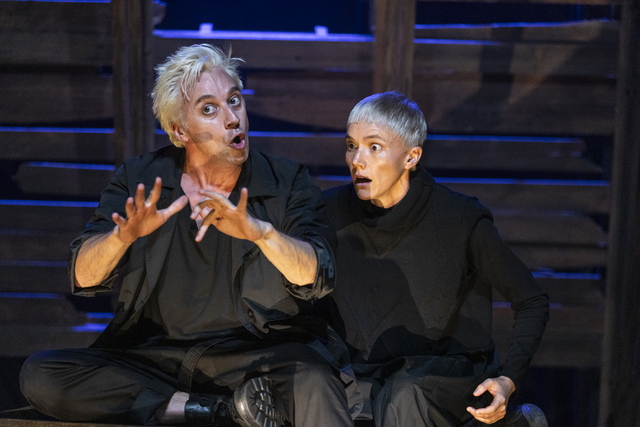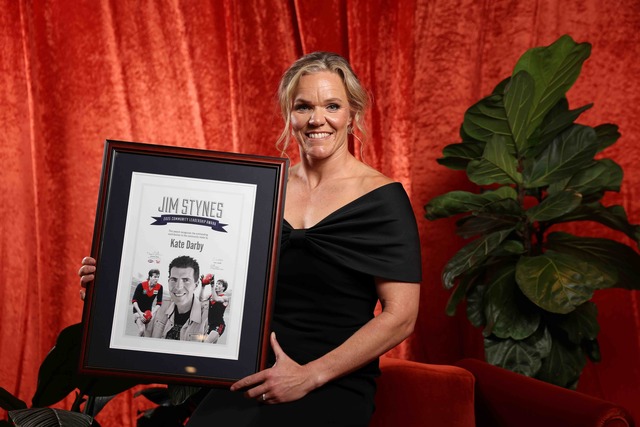A Midsummer Night’s Dream is one of William Shakespeare’s best loved and most frequently performed plays; it has spawned numerous adaptations, inspired other works and three of its characters have lent their names to moons of Uranus.
Tinkering with such an iconic cultural work holds obvious and significant risks. However, recent reviews of Bell Shakespeare’s latest production The Bard’s most famous comedy suggest artistic director Peter Evans and company have navigated those potential pitfalls with aplomb.
Evans’ “reawakening” of A Midsummer Night’s Dream is a “pared-back production”, omitting selected parts of the texts and dialling back the ostentatiousness of the costuming, set and music.
The ensemble consists of only eight players, including Imogen Sage, Matu Ngaropo and Richard Pyros, all but one of which perform in multiple roles.
The lone actor who does not play two or three parts, Ella Prince, inhabits the role of Puck, the closest thing the play has to a protagonist.
Puck is a mischievous fairy, universally portrayed as an unrepentant prankster who nevertheless does his best to follow the orders of his master, the fairy king Oberon, but ends up leaving chaos in his wake.
Prince’s Puck is a gender-non-conforming version of the trickster – described by one critic as “subtle” and “so watchable” – for whom “everything is new”.
“It’s a different Puck than you’ll see anywhere else, and I think that that’s potentially divisive, but I really enjoy just honouring my understanding of this creature as not neurotypical; exceptionally magical, potentially misunderstood, totally playful and totally reckless, but always with the kind of immediate intention and an enjoyment of things unfolding in front of him,” Prince said.
“I’m not trying to play someone who’s something we can’t recognise; there is a kind of humanity to Puck, but they’re less than adolescent.
“They’re youthful, albeit however many years old, so there’s just this kind of delight in play. There’s no master plan for Puck.”
For Prince, part of their enjoyment of the production is bringing the work to so many diverse parts of Australia, as the company works its way through a national tour visiting 23 cities and regional centres across the country.
“It’s a beautiful ensemble… and we’re really appreciative as an ensemble for the opportunity to travel so far and wide, to tell our story and have that conversation with these audiences,” they said.
“I’m learning so much because, you know, Sydney is a very different audience from regional WA, which is where we next went. You feel different energies in different theatres, you feel a difference amongst communities in the way that they laugh here or there or respond to different moments.
“That’s super magic because it keeps you really enjoying the experience of performing and listening to the work and what’s happening in the space every time you do it.”
Bell Shakespeare’s A Midsummer Night’s Dream is at Geelong Arts Centre on May 26 and 27.









